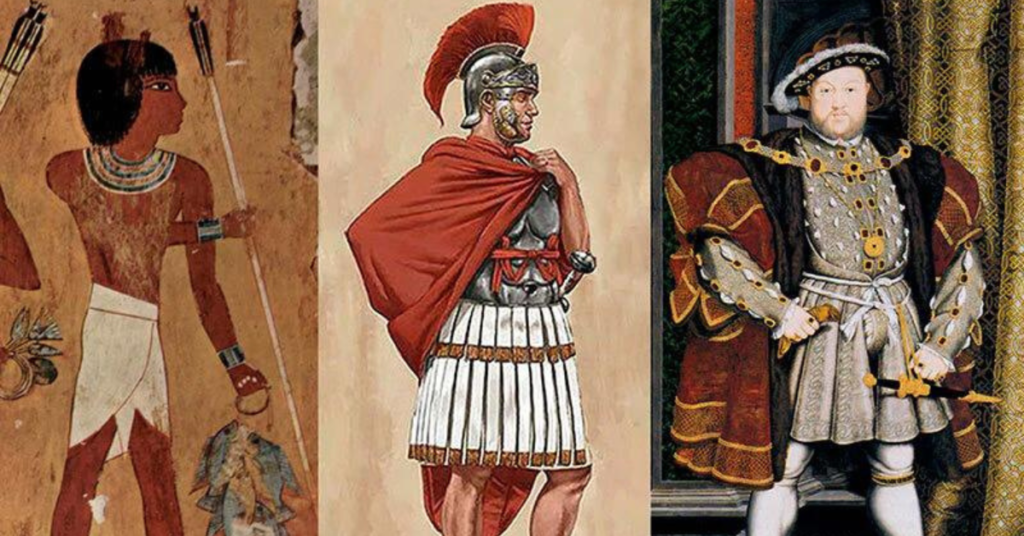
#LeoStylo #Lz6
The Evolution of Men in Skirts A Historical Perspective
As a new fashion intern, I’ve been diving into the rich tapestry of fashion history, and one topic that caught my attention is the fascinating evolution of men in skirts. It’s intriguing to see how fashion trends evolve and how garments that were once commonplace can come to represent so much more over time. A Glimpse into Ancient Traditions Men’s skirts, or tunics, have deep roots in ancient history. In Biblical times, skirts were a standard part of male attire, reflecting cultural norms and practices. For example, in Exodus 28:42, we read about the Israelites being instructed to wear garments that included skirts: “Make linen undergarments as a covering for the body, reaching from the waist to the thigh.” This shows that skirts were practical and integral to daily life. Symbolism and Functionality These ancient garments weren’t just for show; they served symbolic and functional purposes. Isaiah 3:22 notes, “The Lord will make beautiful the women’s skirts, the fine linen and the shawls.” This indicates that skirts had aesthetic and symbolic value, enhancing their importance in attire. Cultural Shifts and Gender Norms Over the centuries, fashion evolved, and the skirt became less common in Western men’s fashion. However, it remained a staple in other cultures. The Biblical perspective, seen in Deuteronomy 22:5, which states, “A woman must not wear men’s clothing, nor a man wear women’s clothing,” illustrates historical gender-specific clothing practices that have shifted significantly in modern times. A Modern Revival Today, skirts for men are re-emerging in fashion circles, challenging traditional gender norms and embracing diverse expressions of style. This change highlights the cyclical nature of fashion, where historical trends often resurface with new meanings. As Ecclesiastes 3:1 says, “There is a time for everything, and a season for every activity under the heavens,”
#Lz6 www.leostylo.com
